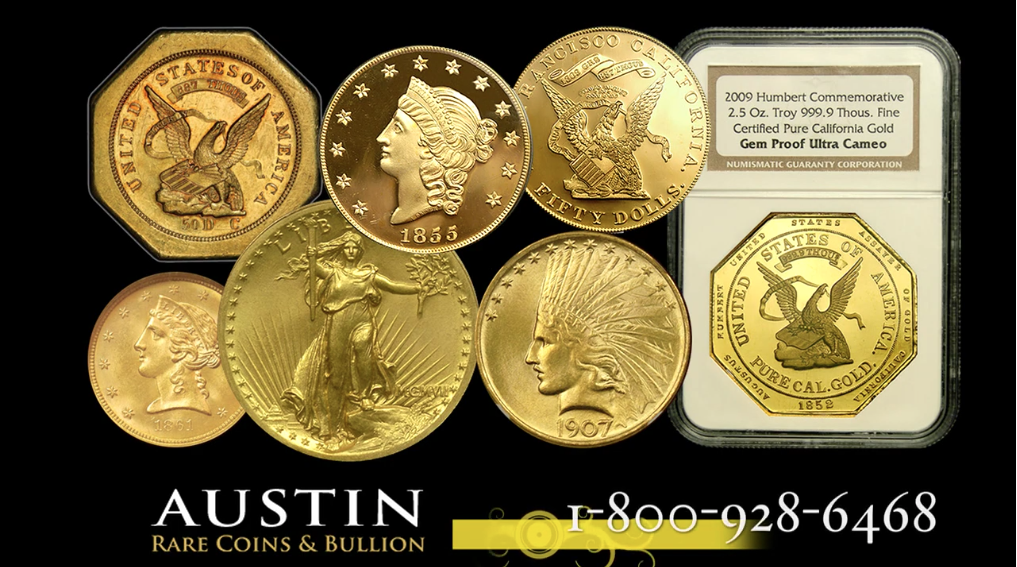Importance of Rarity

Inside This Report
- Coins Destroyed During the US Government Recall
- Most Modern Coins Are Not Rare
- High Demand for Truly Rare Coins
Collectors always love to own what other people can't have. That's why quality, rarity, and price are the most important factors to consider before you buy any Rare Coin. Other factors are also important like eye appeal, artistic merit, historical significance, and precise state of preservation.
Coins Destroyed During the US Government Recall
Today, all US Mint gold coins struck from 1795 through 1933 are highly collectible, many are quite rare. When first minted, they were circulated to the public as the "money of the day," the overwhelming majority were worn out and melted down within a few years. The majority of surviving US gold coins were melted down when the US Government recalled gold from its citizens in 1933 during the Great Depression.
Millions of coins were melted in the 1980s! Literally millions of the surviving US Mint gold coins were melted down when gold soared to $850 an ounce. That's why US gold coins minted before 1933, trade at significant premiums today. Likewise, the circulating silver coinage completely disappeared in the 1980s when silver soared to the unprecedented high of $50/oz. The entire coin collecting hobby was changed forever during that decade. After the meltdowns, rare coins enjoyed a historic revival and have proven to be extremely profitable from the period of 1970 through the present. Today, the rarest and best preserved coins command top prices from Rare Coin collectors and investors.
Most Modern Coins Are Not Rare
Many novice collectors mistakenly think of modern American Eagle Coins as "rare" coins. Yet, American Eagle Coins in some sizes are minted by the millions each year and most are carefully preserved. They typically trade at small premiums over their gold content and are extremely unlikely to be collectibles for over 25 years. However, there are important exceptions where small mintages of under 50,000 have shown significant gains.
It is important to understand that rare coins can outperform bullion in a down precious metals market. Many areas of the rare coin market., like Pre-1933 gold coins, have outperformed bullion alone. Many non-gold/silver coins have no price relationship to precious metals at all. It is all about the fixed supply and demand for rare coins
High Demand, Fixed Supply for Truly Rare Coins
Today, the base of rare coin collectors is large and growing, creating high demand on the strictly fixed, limited supply of rare coins. During years when demand for gold is high or the rare coin market is hot, demand outpaces supply. Like with the fixed and limited supply of Pre-1933 coins. That's why rare coin prices can be so highly volatile to the upside with 300% to 500% increases common in bull markets.
The rare coin market has been hot in the last few years and moving into what we believe is another bull market cycle. At any point in time, certain coins may be performing very well while other areas may be quiet. That's why it's important to talk to Rare Coin Advisor to find out the current status. Some collectors will prefer to focus on the hottest areas of the market while other investors may be "value seekers." Often they are looking for the best quality coins that are the most undervalued at the moment. For all the facts on the history of the US rare coin market, order the free US Rare Coin Profit Report.
At this time. we highly recommend that every hard asset investor balance and diversify their portfolios by adding the "truly rare" US gold coins minted before 1933 to their collections. This can add dramatic upside potential and leverage far beyond gold bullion alone. And your rare coins can go up in value whether or not gold bullion prices go up.







